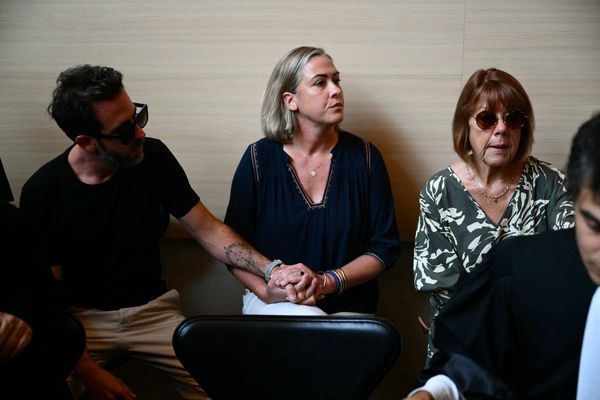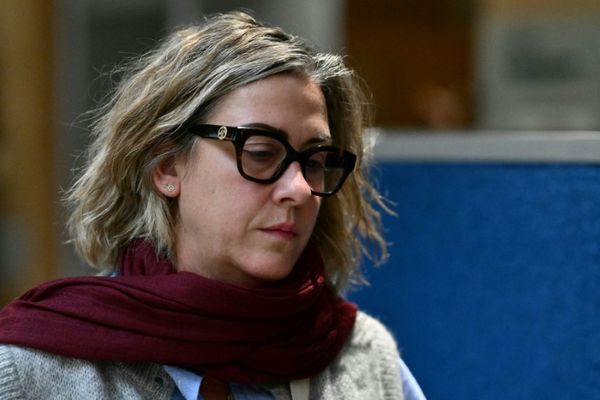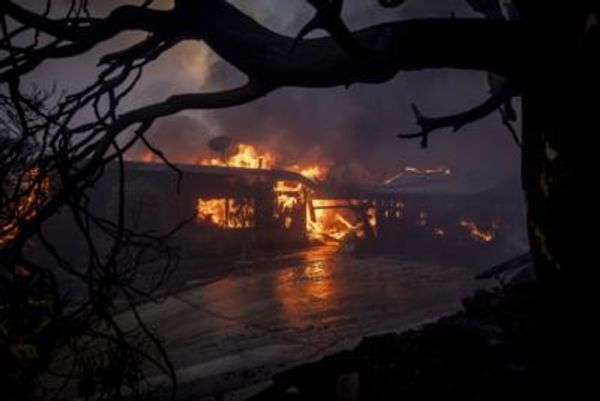
The idea of vertical takeoff and landing (VTOL) vehicles flying over snarled traffic, saving passengers hours on the road, is a persistent one. For the last few years eVTOL (electric VTOL) aircraft have gotten lots of publicity. In 2019, Uber Elevate, a division of the rideshare giant, promised a rollout of air vehicles in initial markets of Los Angeles and Dallas-Ft. Worth by 2023. The concept was that first piloted, later pilotless craft, would soar on an electronic grid above crowded highways.
In 2020 Hyundai joined Bell in showing a full-sized mockup of a eVTOL craft. Unfortunately, COVID-19 and industry consolidation has slowed the eVTOL’s arrival. Before going public, eVTOL builder Joby, (NYSE:JOBY) purchased the Elevate network from Uber last December. According to Uber, “The two parent companies have agreed to integrate their respective services into each other’s apps, enabling seamless integration between ground and air travel for future customers.” Once again, the flying car promised in the 1930s receded into an indefinite future.
But few realize that a scheduled VTOL airline was a going concern in 1960’s Los Angeles, before it literally went down in flames.
Los Angeles has been the scene of some high-profile civilian helicopter disasters. The January 2020 crash of a Sikorsky S-76B helicopter that killed NBA star Kobe Bryant and 8 other people in Calabasas, CA is certainly the most notorious. In 1977, Francis Gary Powers, the CIA pilot shot down on a U-2 mission over the former USSR, was killed in an Encino helicopter crash along with a news cameraman. And in 1968, Los Angeles Airways suffered two separate passenger helicopter crashes that together killed more than 40 people.

This year marks the 50th anniversary of the 1971 demise of Los Angeles Airways. Little known today, Los Angeles Airways was a scheduled all-helicopter airline serving much of Southern California. Its demise, largely caused by the fatal crashes, may offer some lessons for advocates of eVTOL networks.
The airline began operations in 1947. Based in Westchester, adjacent to Los Angeles Airport (LAX.) L.A. Airways originally offered service as a mail carrier, using six Bell 47D helicopters. In 1951, LAA began providing passenger service, using the four-passenger Sikorski S51.
By 1957 LAA was operating seventeen weekday flights from LAX to eleven heliports in Southern California. Destinations included North Hollywood, San Bernardino, Santa Ana, Long Beach, and Newport Beach in Orange County, the city of San Bernadino in the east, and Catalina Island off the coast. Southern California was far less built up sixty years ago. Most of the outlying heliports have long since disappeared.
One of the most popular destinations for the helicopter airline was 27 miles southeast of Los Angeles. Disneyland had opened in 1955. The airline was using larger S-55 helicopters to bring the “first time visitor or local area residents to travel both to and from Disneyland.” At that time, LAA operated “four helicopter flights daily each way between Los Angeles International Airport and Disneyland’s own heliport, carrying 7 to 9 passengers.”
LAA boasted of its direct connections at LAX with long-vanished TWA and other major airlines. With the quick flight to Disneyland Heliport, there was no need for the visitor to rent a car or try out Los Angeles’ terrifying new freeways.
Walt Disney reportedly believed so much in Los Angeles Airways that he personally endorsed it by riding as a passenger aboard Sikorsky N736A from Los Angeles to Disneyland in1955. From LAX, it was just 20 minutes to Disneyland, with five flights a day. The landing pad was adjacent to the Disneyland Hotel. A Disney comic strip even pictured Uncle Scrooge McDuck flying in on an “McDuck Airlines Helicopter” to Disneyland.
The air fares, seem amazingly low to a modern eye. According to a July 1960 schedule, a one-way fare from LAX to Disneyland was $6.36 plus 64 cents tax, a grand total of $7.00. Van Nuys, North Hollywood, or Glendale to LAX was just $5.45 plus 55 cents tax.

Despite three fatal accidents in 1949 and 1951, killing three pilots and a civil aeronautics inspector, the helicopter airline seemed to be succeeding. In 1961 it upgraded equipment again, adding five new Sikorsky 61L helicopters with twin turbines that offered all-weather capability. While military versions of the helicopter are better known, the 61L designed for commercial use, could carry 28 passengers, a crew of three, and up to 1000 pounds of cargo. The Sikorsky 61L even had an on-board toilet.
According to one source, “By 1961, 28 of Los Angeles Airways’ passenger Sikorsky Copter-Liners had carried more than 2,000,000 passengers over 60,000,000 miles.”
Unfortunately, that all changed on May 22, 1968, with LAA Flight 841. One of the big Sikorsky 61 ‘copter-liners’ went down in the suburb of Paramount, California, killing all 20 passengers and three crew members on board.
That tragedy was followed by another, less than three months later. On August 14, 1968, at 10:28AM, Los Angeles Airways Flight 417, another Sikorsky S61, departed LAX destined for Disneyland, in Anaheim, California. The helicopter crashed in Compton, CA, killing all 21 on board, including the 13-year-old grandson of the airline founder.
Each of the accidents was attributed to mechanical failure. With Flight 841, the rotor blades separated and collided with the helicopter fuselage. Flight 417 lost a rotor blade in flight. And more than 50 years later, each crash still ranks among the highest-fatality civilian helicopter accidents in aviation history.
With the airline staggering, an eleventh-hour merger with Golden West Airlines failed. Los Angeles Airways ceased operations in 1971.
The demise of Los Angeles Airways, arguably the most successful U.S. scheduled helicopter airline, has lessons for not only for the nascent eVTOL industry but for space tourism as well. Even with a new form of transport, the public has expectations of safety. If these expectations are not met, the marketplace will not be kind.








